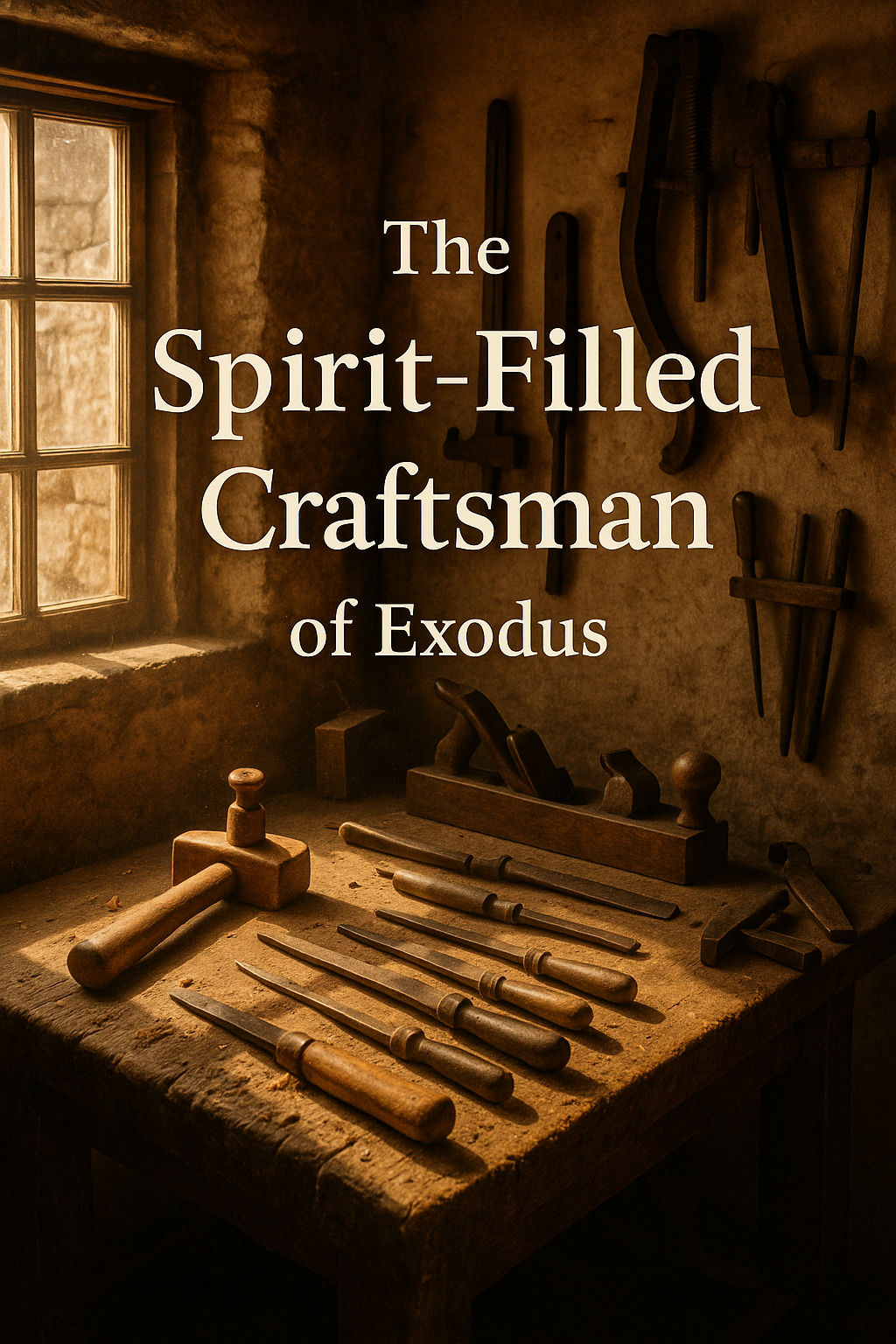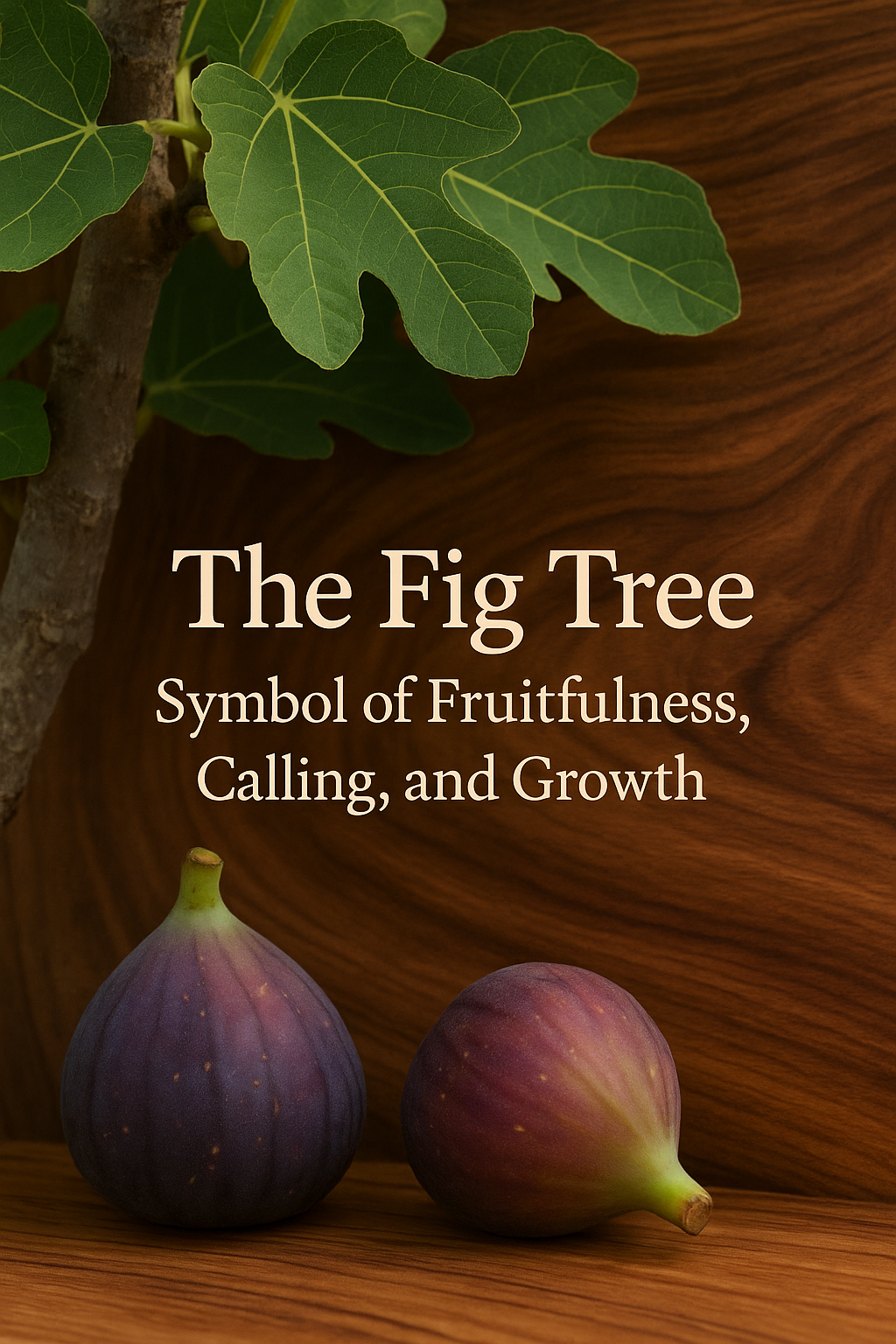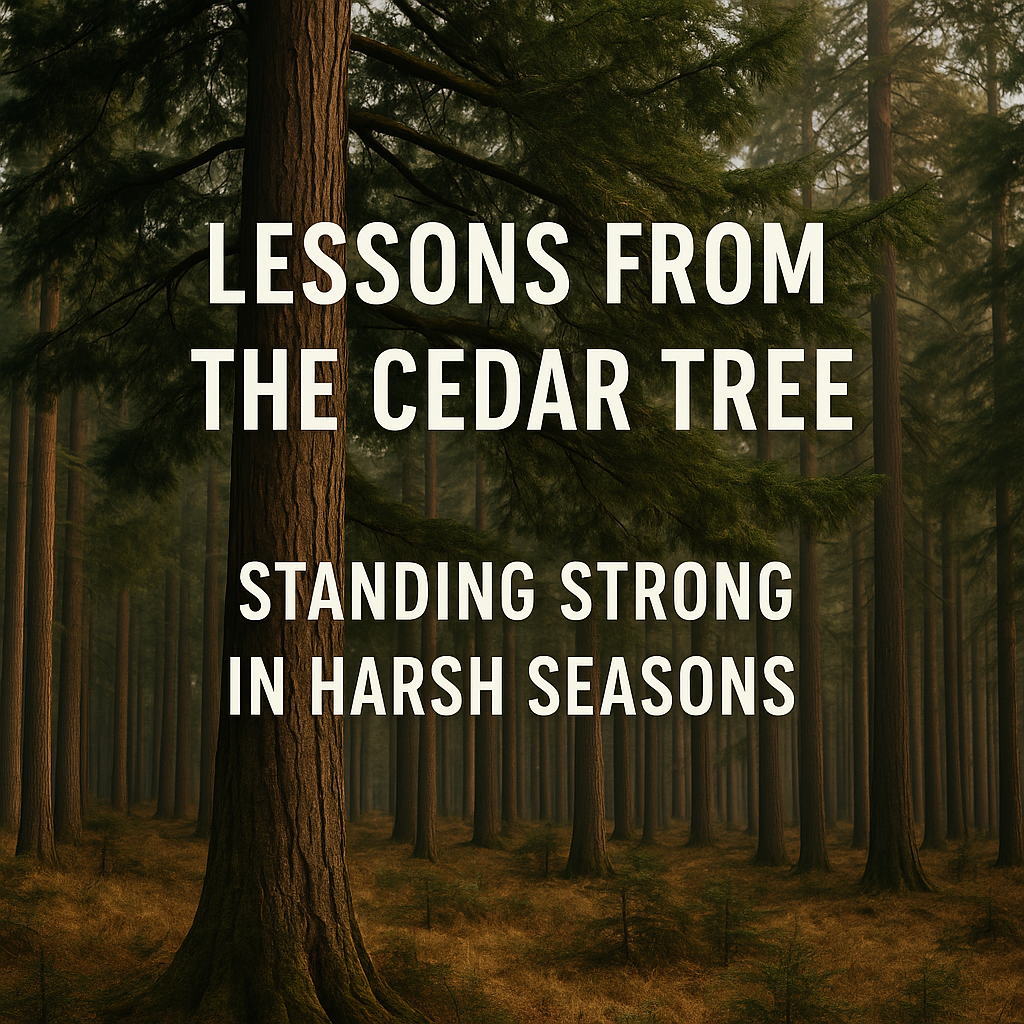Every craftsman has a moment when the work becomes more than wood and tools.
When you realize that shaping something with your hands is quietly shaping something in your heart.
And if you’ve ever felt that—ever sensed God guiding your creativity—you already understand a little bit about Bezalel.
Most people read right past his name in Exodus.
But for those of us who work with wood, Bezalel is like finding one of your own in the pages of Scripture.
A Craftsman God Called by Name
The first thing we learn about him is that God didn’t just choose him—
God called him by name.
Not a prophet.
Not a king.
Not a warrior.
A craftsman.
That alone is worth pausing over.
In a world that often undervalues the quiet work of steady hands, God chose a woodworker, metalworker, and artisan to carry out one of the holiest tasks in Scripture.
Here’s the exact moment God made it clear:
“See, I have called by name Bezaleel the son of Uri, the son of Hur, of the tribe of Judah:
And I have filled him with the spirit of God, in wisdom, and in understanding, and in knowledge, and in all manner of workmanship.”
— Exodus 31:2–3, KJV
Think about the weight of that.
God didn’t just give Bezalel instructions—He gave him His Spirit.
A craftsman, filled with the Spirit of God, set apart for holy work.
The First Person in Scripture Filled With the Spirit
This part gets me every time:
The first person Scripture explicitly says was filled with the Spirit of God…
was not a preacher, prophet, or king—
It was a man who worked with his hands.
Bezalel was entrusted with:
-
Design
-
Carving
-
Goldsmithing
-
Woodworking
-
Stone cutting
-
Fabrication
-
Architecture
-
Artistic direction
He wasn’t just skilled.
He was anointed.
God could have handed Moses a ready-made tabernacle.
Instead, He chose to work through a man, shaping holy things through human hands.
The Beauty of Craft and Calling
Bezalel’s name literally means “in the shadow of God.”
That’s how he worked—
under God’s covering,
with God’s help,
for God’s glory.
When I read that, I can’t help but think about the pieces we make today.
A pen.
A cutting board.
A journal cover.
A piece of furniture.
They may not sit in the Holy of Holies, but there’s still something sacred about creating something that will outlive us.
Something meant to bless someone else.
Something built with intention.
God still meets craftsmen in the quiet.
In the sawdust.
In the rhythm of sandpaper.
In the small decisions we make that no one else will ever notice.
A Craftsman Who Built More Than Objects
Bezalel didn’t just build furniture.
He helped build a nation’s relationship with God.
The Ark.
The mercy seat.
The lampstand.
The altars.
The tables.
The frames.
The embroidery patterns.
The vessels.
Every piece carried a story.
A meaning.
A future.
That’s the heart of true craftsmanship—
creating something today that becomes someone else’s blessing tomorrow.
What Bezalel Teaches Us Today
If Bezalel could step into your workshop, I think he’d remind you of a few simple truths:
-
Craftsmanship is spiritual work.
-
Excellence is worship.
-
Your hands can carry the touch of God.
-
Skill grows, but calling is given.
-
Beauty matters to God.
Whether you’re turning a pen or teaching a lesson, Bezalel’s life whispers:
“Do the work like you’re doing it for Him—because you are.”
Reflection Question
Where in your work or creativity do you sense God inviting you to step into something deeper, more intentional, and more Spirit-led?






Leave a comment
This site is protected by hCaptcha and the hCaptcha Privacy Policy and Terms of Service apply.